I know some guys here going to hate me for this, but let's do some myth-busting. There are lot of talk about long/short legs, sockets and all that around LTZ-designs.
So here it comes. Built one more module with leftover parts.
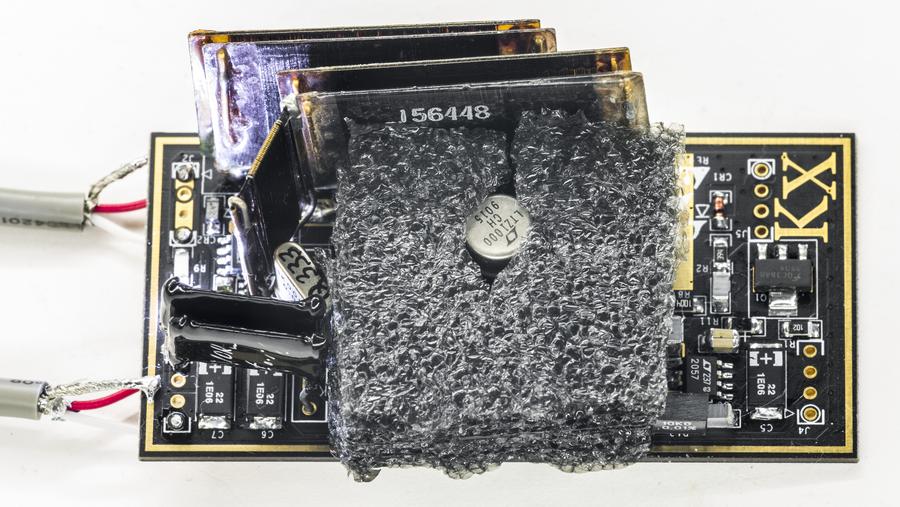
Design configuration:
*
xDevs.com KX LTZ1000 PCB, Rev.B01 board
* LTZ1000CH made in 1991, legs are NOT trimmed
* AUGAT gold-plated socket for LTZ
* Linear LTC2057 opamps for both drive and thermostat
* VPG VHP 1K000 0.2ppm/K + 10K+2K wirewound for temp setpoint
* Wirewound 120R. 10K is Z202 VPG
* Paralleled Fluke 3ppm/K 100K+250K resistors as 71.5K for bias
* Film capacitors for all signal path locations except 22nF (Which is C0G 1210)
* 392K for LTZ1000CH option installed

Board is covered in box and shielded from airflow now.
Closeup on parts:
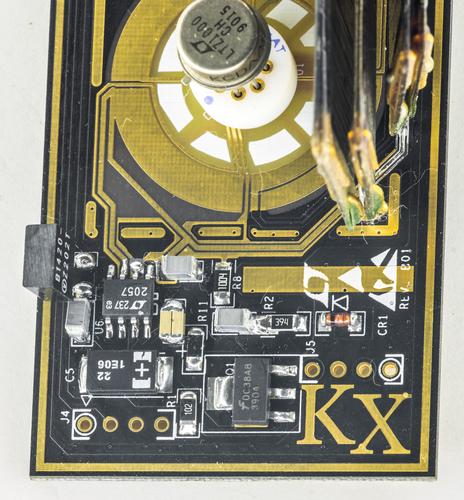
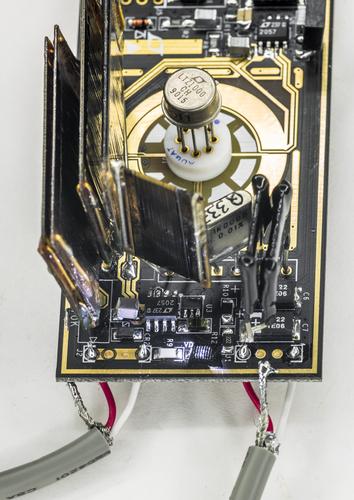
Had to bodge some copper wiring to fit these giant resistors..
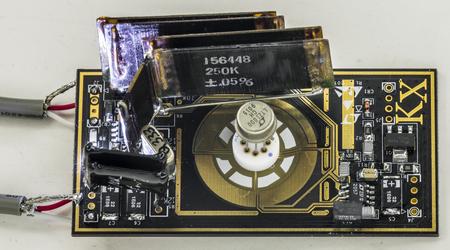

Board is powered from K2400 at +15V and measured via 3458A@NPLC100. Also turned on pair of my previous LTZ modules, hooked to K2002's for comparison.

Live data:
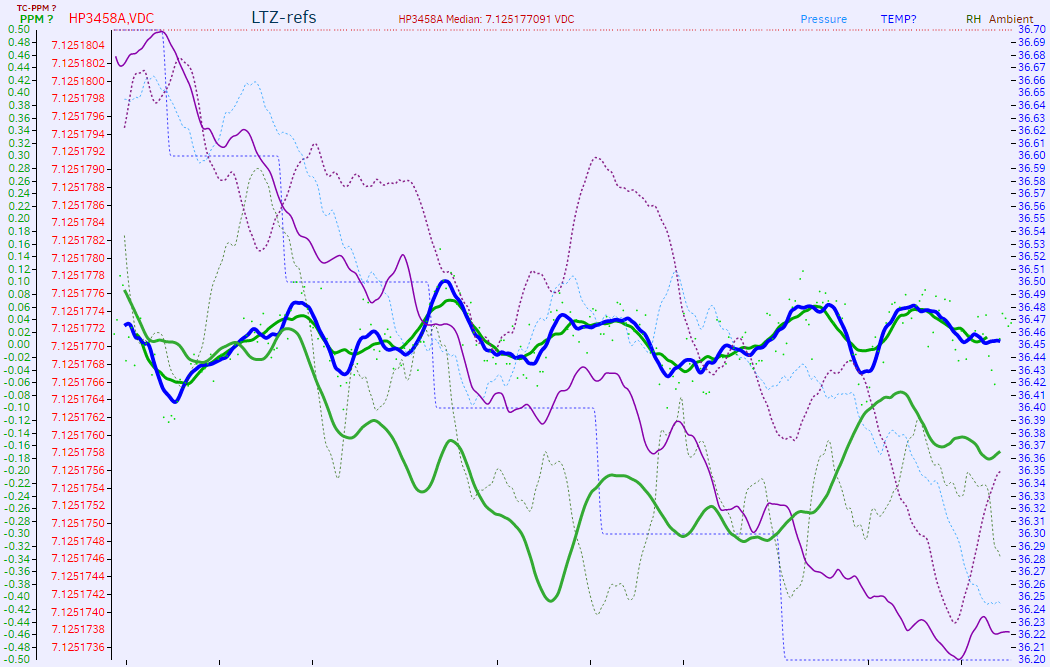
I have 3 more LTZ1000CH from same batch, and dodgy (1ppm shot noise) desoldered LTZ1000ACH from ebay 3458A's PCBA. So I'll have each chip run for some time and then proceed with swapping. Then rotate in opposite direction, to see if any voltage shifts due to socket connections.
If have any ideas - feel free to ask.